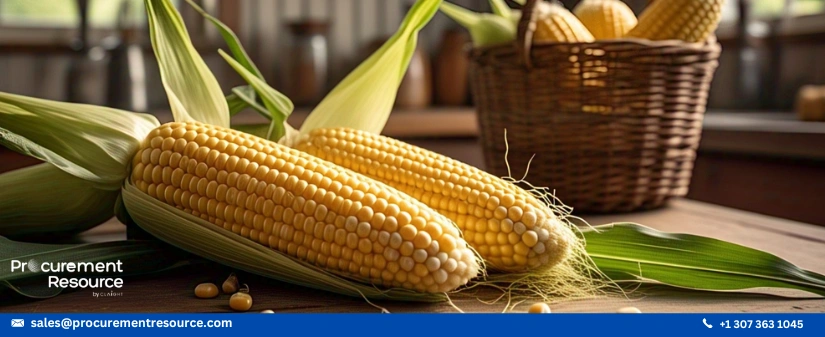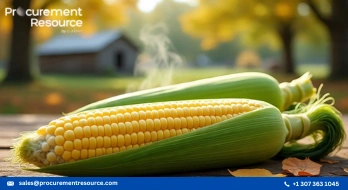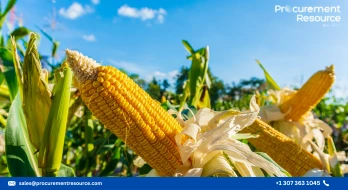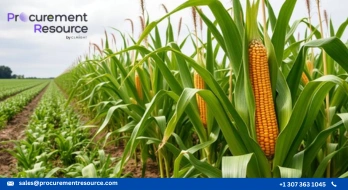US Corn prices have been experiencing a downward trend recently amid seasonality and a higher-than-anticipated harvest

Corn prices have fallen sharply in recent months, dropping about 14% since February after a strong rally last fall and winter that saw gains of over 30% from summer lows. This downward trend has been driven largely by expectations of a record US corn harvest in the 2025-2026 season, which has boosted supply forecasts and dampened market optimism.
The reversal marks a stark shift from earlier gains, when prices were supported by tighter supplies and strong demand. However, with the market now anticipating an oversupply, sentiment has turned bearish. Adding to the pressure, historical trends suggest further weakness as corn futures have typically struggled during the summer months, with June, July, and August posting average declines over the past decade. This seasonal pattern reinforces concerns that prices may continue to slide in the near term.
Market dynamics also suggest further weakness ahead. Hedge funds and other large traders have been increasing their bets against corn, pushing the net short position (the difference between bearish and bullish wagers) to its highest level since early September. This indicates that far more investors are betting on falling prices rather than a rebound.
Technical indicators also point to continued downward pressure. When prices fall below their moving average, it often signals that the downtrend will persist. Bank of America’s commodity research team has taken a bearish stance, rating corn as an underweight or Sell, alongside other commodities like natural gas, wheat, and cotton. Analysts have advised traders considering long positions to use trailing stop orders to limit losses, while more aggressive traders are being encouraged to explore short-selling opportunities.
Read More About Corn Production Cost Reports - Request a Free Sample Copy in PDF
However, there are uncertainties that could disrupt this trend. Seasonal patterns don’t always hold, and external factors such as China’s demand for corn as livestock feed could shift the market. A potential trade deal requiring China to increase agricultural purchases might provide unexpected support for prices. Still, for now, the combination of high expected supply, weak seasonal trends, and heavy bearish positioning suggests that corn prices may continue to face downward pressure in the near term.



